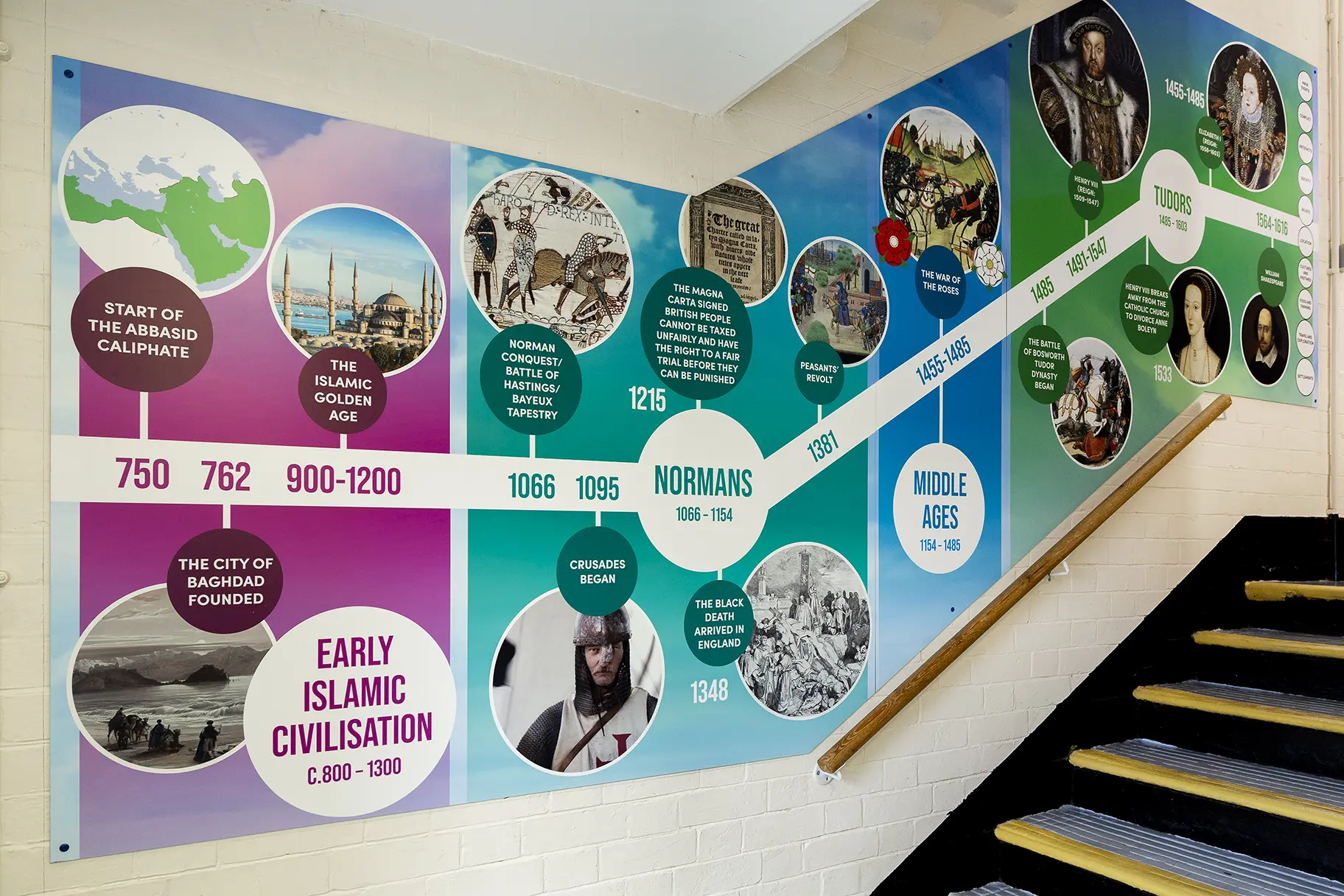How Pharmacy Software Development Enhances Accuracy and Patient Trust
Pharmacies today are expected to do more than dispense medication. They must manage complex prescriptions, maintain precise records, and meet regulatory requirements while offering quick, reliable service. Manual systems can no longer keep up with these expectations. To meet modern standards, many healthcare organizations are turning to pharmacy software development as the foundation for accuracy, compliance, and better patient care.
Custom pharmacy software replaces repetitive, error-prone tasks with structured digital workflows. From prescription management to automated billing, it provides the visibility and control that both pharmacists and patients need. Below are the ways software development is transforming how pharmacies operate and strengthening the trust that defines their relationship with customers.
1. Improving Prescription Accuracy
Dispensing the wrong medication or dosage is one of the most serious risks in pharmacy operations. Software designed specifically for pharmacy management minimizes that risk.
Automated validation features check every prescription against patient history, allergies, and potential drug interactions. Barcode scanning ensures that the right medication leaves the shelf each time. These tools support pharmacists with real-time alerts, reducing human error and helping safeguard patient safety.
Accurate prescriptions lead to fewer incidents, stronger compliance records, and greater confidence from patients who depend on the service.
2. Creating a Seamless Prescription Workflow
Custom pharmacy software eliminates paper-based bottlenecks by streamlining prescription intake, verification, and fulfillment. Doctors can send prescriptions electronically, pharmacists receive them instantly, and the system queues each order for review and processing.
Integration with insurance databases allows immediate eligibility checks, cutting down on delays at the counter. Refills can be scheduled automatically, and patients are notified when medications are ready for pickup.
A smooth digital workflow shortens waiting times and creates a consistent experience that keeps patients returning.
3. Strengthening Inventory and Supply Management
Stock management is one of the toughest challenges for pharmacies. Too much inventory ties up capital, while too little risks running out of critical medicines. Pharmacy software development provides real-time stock visibility and forecasting tools that align purchasing with demand.
Automatic reorder alerts, batch tracking, and expiry-date monitoring help pharmacies maintain balanced stock levels. Managers can track every unit from supplier to shelf, ensuring compliance with health regulations and eliminating wastage.
An optimized inventory system not only saves money but also reinforces reliability in the eyes of customers who trust that their medications will always be available.
4. Enhancing Data Security and Compliance
Pharmacies handle sensitive health data protected by strict privacy laws. A well-built pharmacy management platform incorporates encryption, multi-level authentication, and access control to secure patient information.
Audit trails record every transaction and data update, simplifying compliance with healthcare standards and government regulations. When software aligns with HIPAA and regional policies, pharmacies can operate with confidence knowing that data is both accessible and protected.
Trust grows when patients know their personal information is managed safely and transparently.
5. Supporting Clinical Decision-Making
Modern pharmacy software does more than manage prescriptions. It acts as an intelligent assistant that supports pharmacists with clinical insights.
Built-in decision-support modules analyze patient data to suggest alternatives, dosage adjustments, or additional precautions. These systems can also flag contraindications automatically, giving pharmacists a second layer of verification before dispensing.
By combining technology with professional expertise, pharmacies enhance the quality of care and reduce the risk of costly mistakes.
6. Simplifying Billing and Insurance Processing
Billing errors can lead to claim rejections and financial loss. Custom pharmacy systems integrate billing, insurance validation, and reporting under one interface.
Claims are submitted electronically with minimal manual input. The software checks for incomplete information and suggests corrections before submission. Automated reconciliation ensures accurate tracking of payments, refunds, and patient balances.
Faster, error-free billing improves operational cash flow and contributes to a smoother customer experience.
7. Improving Communication and Patient Engagement
Pharmacy software development extends beyond internal management to enhance how pharmacists connect with patients. Secure messaging tools, refill reminders, and consultation scheduling features encourage proactive communication.
Mobile applications linked to the software allow patients to view their prescriptions, check medication instructions, and receive alerts for upcoming doses. Personalized notifications remind patients to adhere to treatment plans, improving outcomes and trust.
When customers feel supported between visits, they are more likely to stay loyal and recommend the pharmacy to others.
8. Enabling Data-Driven Operations
Data collected through daily transactions can be turned into actionable insights. Reports on sales, inventory trends, prescription frequency, and customer demographics help decision-makers plan more effectively.
Pharmacies can identify which products move fastest, which ones are nearing expiration, and how seasonal trends affect demand. Over time, this data informs purchasing strategies and staffing plans, creating a more resilient business model.
Data analytics also support compliance reporting and help organizations present transparent, verifiable performance records to regulators.
9. Integrating with Broader Healthcare Ecosystems
Pharmacies do not operate in isolation. They work closely with hospitals, clinics, and suppliers. Custom software allows seamless integration with external healthcare systems through APIs and secure data exchange protocols.
Physicians can share prescriptions digitally, insurers can validate claims instantly, and suppliers can receive automated purchase orders. Integration fosters collaboration across the care chain, reducing paperwork and speeding up service delivery.
This level of connectivity makes the pharmacy an active partner in patient care rather than a standalone dispenser.
10. Building Long-Term Patient Trust
Accuracy and transparency build credibility, but consistency maintains it. With automated checks, real-time communication, and secure data handling, pharmacies can deliver dependable service at every interaction.
When patients experience fewer errors, faster fulfillment, and proactive communication, they begin to see their pharmacy as a reliable healthcare partner. Over time, that trust becomes the strongest differentiator in a competitive market.
Technology becomes the bridge that connects operational excellence with genuine human care.
Conclusion
Pharmacy software development is no longer just an upgrade to existing systems. It is a complete shift toward safer, smarter, and more patient-focused operations. By combining automation, analytics, and secure communication, pharmacies can improve accuracy, efficiency, and customer loyalty all at once.
For organizations aiming to modernize their operations and strengthen relationships with patients, investing in the right technology is the first step. A well-built pharmacy management platform does more than digitize records—it builds trust, accuracy, and confidence into every prescription filled.










